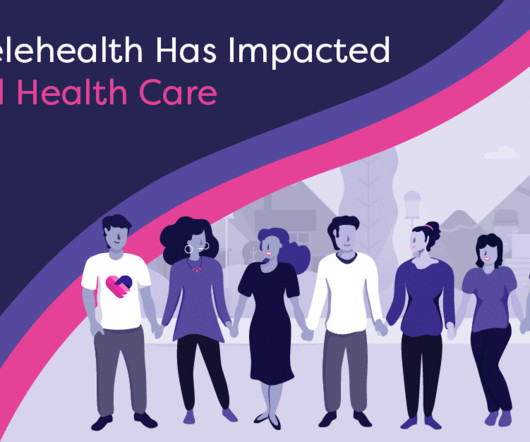How Telehealth Has Impacted Mental Health Care
Iris Telehealth
JUNE 5, 2023
Every day, we see first-hand how telehealth improves access, bridges care gaps, and enhances patient experiences and outcomes. With the great demand for timely, high-quality care for many Americans, telehealth has changed how patients receive care and how health systems, community clinics, and providers facilitate care.













Let's personalize your content